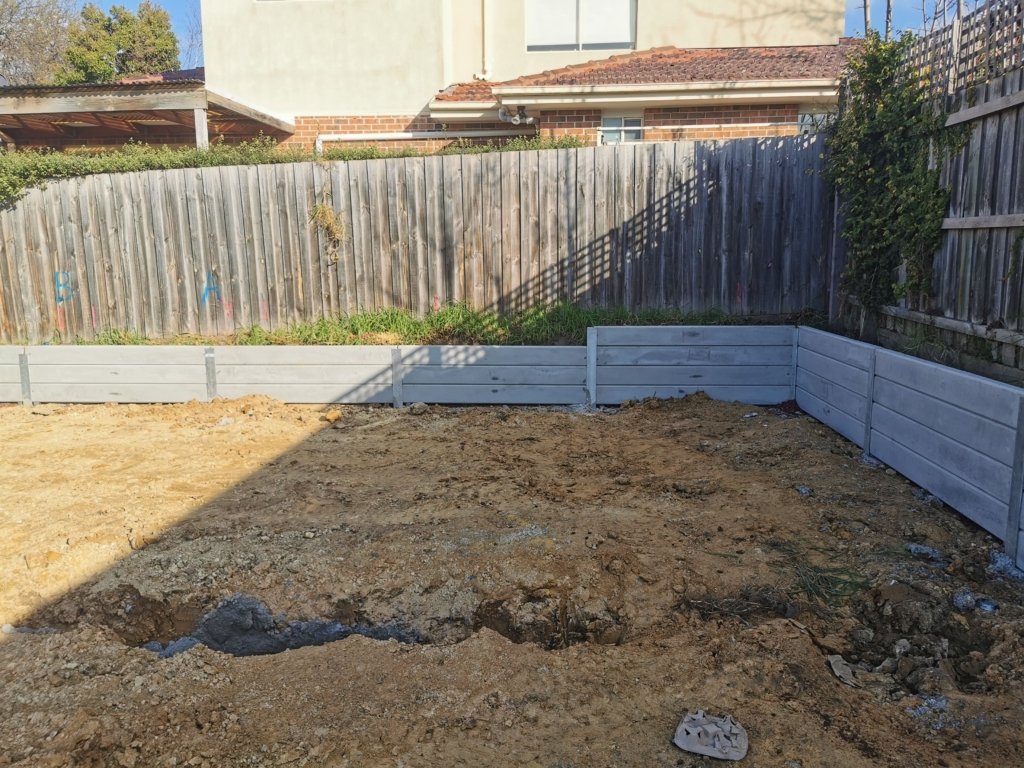Retaining walls are vital structures in landscaping and civil engineering, designed to hold back soil and prevent erosion. However, despite their importance, retaining walls can fail under certain conditions, leading to costly repairs and potential hazards. This article explores the key factors that contribute to retaining wall collapses, providing insights into their design, construction, and maintenance.
Introduction
Retaining walls serve critical functions in both residential and commercial settings, providing stability to slopes and preventing soil movement. Understanding the reasons behind their collapse is essential for engineers, contractors, and property owners alike. By examining these factors, we can better grasp the complexities involved in retaining wall stability and mitigate risks effectively.
1. Poor Drainage and Hydrostatic Pressure
One of the primary reasons for retaining wall failure is inadequate drainage and the resulting buildup of hydrostatic pressure behind the wall. When water accumulates behind a retaining wall without proper drainage systems in place, it exerts significant pressure on the structure. Over time, this pressure can cause the wall to tilt, crack, or even collapse under the weight.

Case Study: The Impact of Water Accumulation
Illustrating the effect of poor drainage, we delve into specific examples where retaining walls have succumbed to hydrostatic pressure due to ineffective drainage strategies.
2. Improper Design and Construction
Another critical factor contributing to retaining wall failures is improper design and construction practices. Design flaws, such as underestimating soil loads or using inadequate materials, can compromise the structural integrity of the wall from the outset. Similarly, shortcuts during construction, such as improper compaction of backfill materials or insufficient reinforcement, can weaken the wall over time.
Case Study: Design Flaws in Practice
Examining real-world scenarios where design flaws have led to retaining wall failures, highlighting the importance of meticulous planning and adherence to engineering principles.
3. Soil Conditions and Slope Stability
The stability of a retaining wall is inherently tied to the properties of the soil it supports. Variations in soil type, density, and moisture content can significantly impact the performance of the wall. Slope instability and soil settlement due to changes in groundwater levels or environmental factors further exacerbate the risk of collapse.

Case Study: Soil Dynamics
Analyzing how soil characteristics and slope stability influence retaining wall performance through relevant case studies and scientific research.
4. Lack of Regular Maintenance and Inspections
Maintaining retaining walls is crucial for their longevity and effectiveness. Neglecting routine inspections and necessary maintenance tasks, such as repairing cracks, clearing drainage systems, and addressing erosion, can accelerate deterioration and increase the likelihood of failure.
Case Study: The Role of Maintenance
Highlighting the significance of proactive maintenance strategies through examples where timely interventions have preserved retaining walls and prevented potential collapses.
Conclusion
In conclusion, understanding the reasons behind retaining wall collapses involves a multidimensional approach encompassing engineering principles, environmental factors, and maintenance practices. By addressing issues related to drainage, design, soil conditions, and maintenance proactively, stakeholders can enhance the stability and resilience of retaining walls, ensuring their effectiveness in protecting properties and landscapes for years to come.
